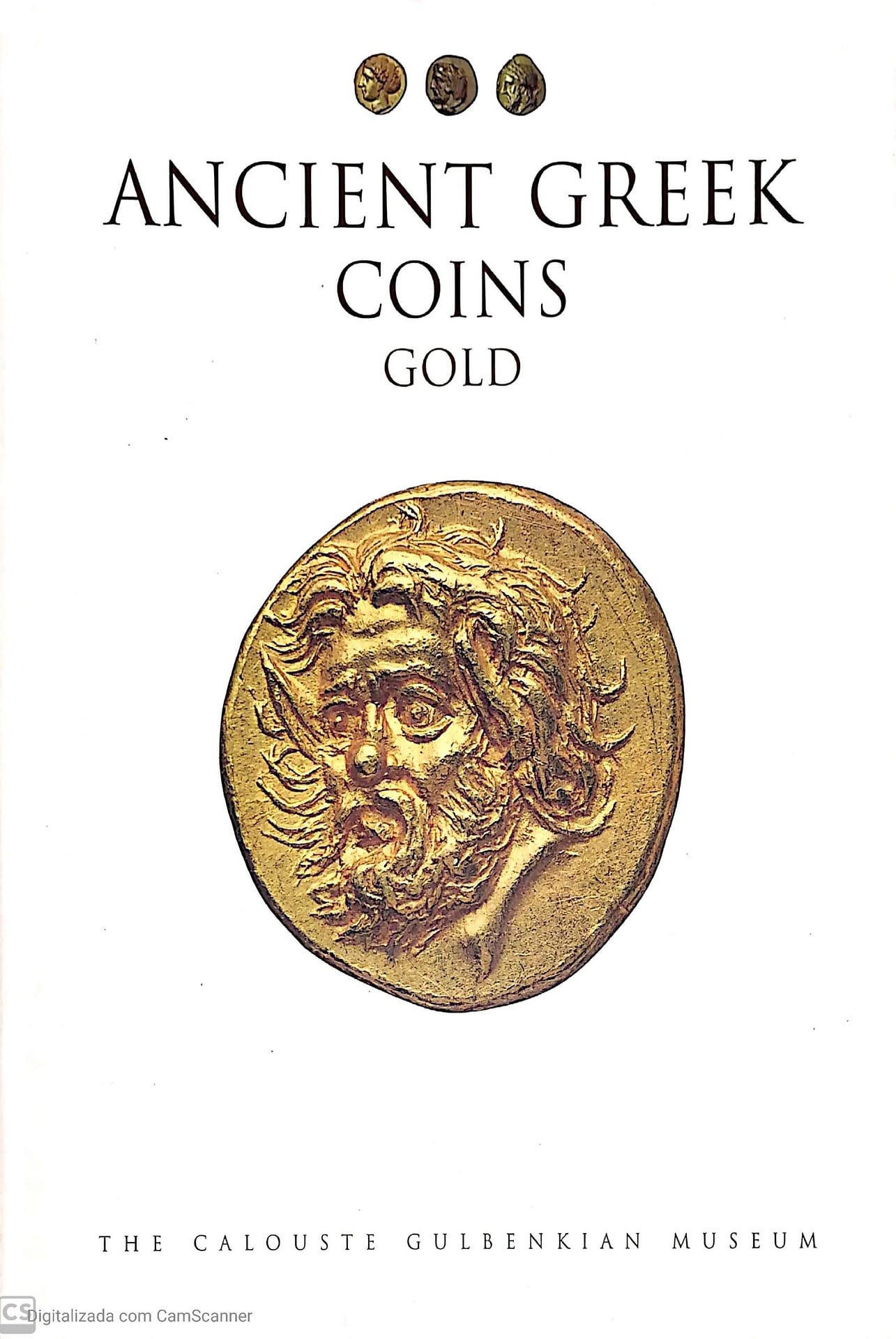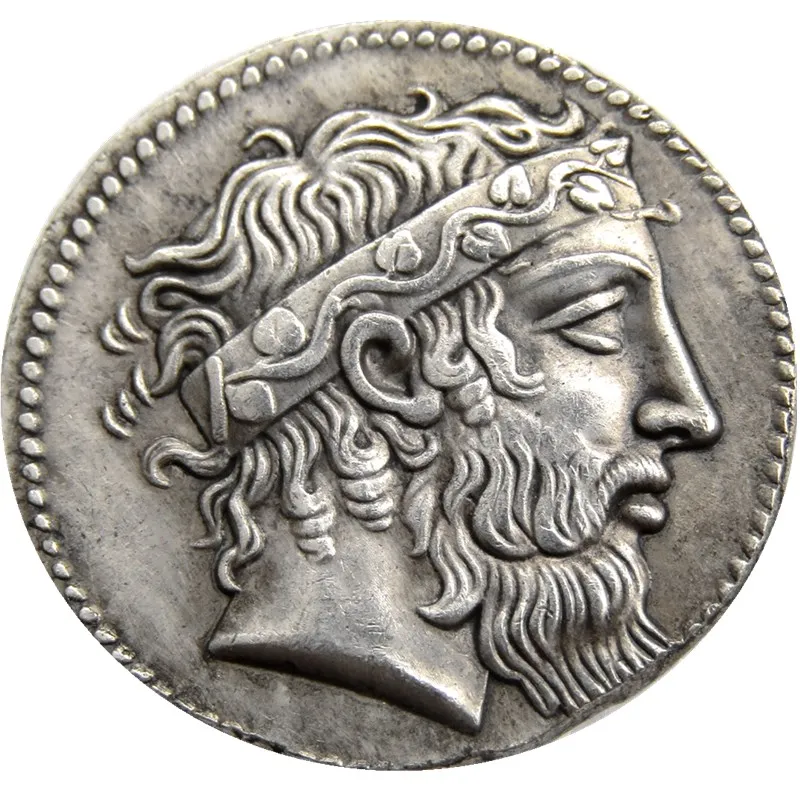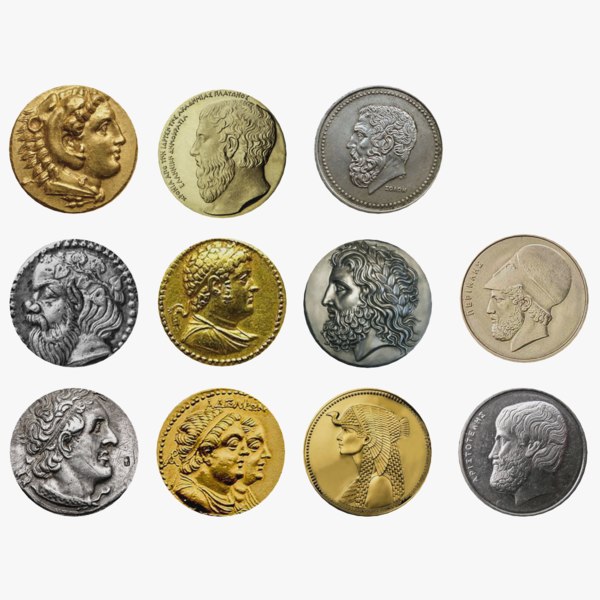- Ancient Coins For Sale - Ancient Roman Coins, Ancient Greek Coins, Biblical Coins, And Other Ancient Coins - Authentic, Expertly Described, Guaranteed.
- The Greek Kingdoms also heralded the very birth of coinage in the Western world, with Electrum and Lydian coins of Croesus. Most Greek Ancient Coins that have been found generally span a period of about 900 years, from about 550 B.C. The last three centuries, however, were secondary or local ancient coins of the eastern Roman Empire.
Ancient Greek Coins Facts. If you were from Corinth, then you would have a coin which had the picture of Pegasus, which was a flying horse.Now the small coins used to be called obolus. Ancient Greek coins are some of the oldest, dating from 800 B.C. Roman coins were minted from 400 B.C. And include Roman Republic and Roman Imperial coins, the.
The birth of coinage in Ancient Greece was not really an invention of convenience but a necessity, driven by the need to pay mercenary soldiers. The Kingdom of Lydia is credited with inventing greek coins in the early 6th century BCE. The idea later spread to the independent city states of Ionia on Aegean coast and then to the rest of the Greek world.

Ancient Greek Coins Crossword

The history of Ancient Greece is divided into three periods- Archaic, Classical and Hellenistic. The Archaic period extends from 800 BCE, from the introduction of ancient greek coins until the Persian Wars in about 480 BCE. The Classical period follows and lasts till the conquest of Alexander the Great in 323 BCE. The Hellenistic extends till the Roman absorption of the Greek world in about 31 BCE.

Ancient Greek Coins Ebay
The region was segregated into several self-governing cities and towns who issued their own types of greek ancient coins. To facilitate intercity trade, coins became progressively more standardized. The Drachm became the most popular unit of exchange. Unlike the modern coins, all Greek coins were hand-made rather than milled. This technique was fairly crude, but the Greek World achieved perfection, making the coins look highly remarkable.

For the first time in India, Mintage World brings to all an exquisite insight with detailed information on Ancient Greek coinage. Explore some of the rarest Greek coins discover some amazing facts with us!